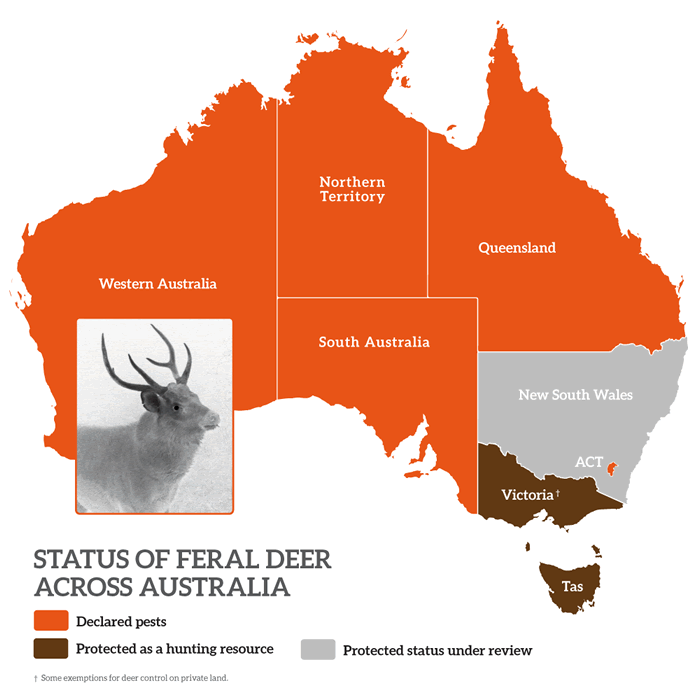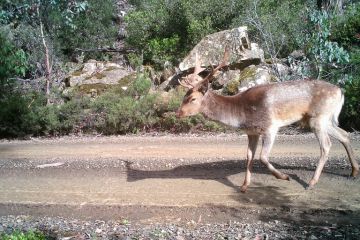
Invasive species: A leading threat to Australia’s wildlife
February 2017
Habitat loss is often assumed to be the main threatening process in Australia. This compilation of evidence demonstrates that invasive species are the main threat facing Australias declining mammals and frogs and, along with habitat loss and potentially climate change, represents one of the three main threats to biodiversity.











